 |
 |
 |
 |
 |
|
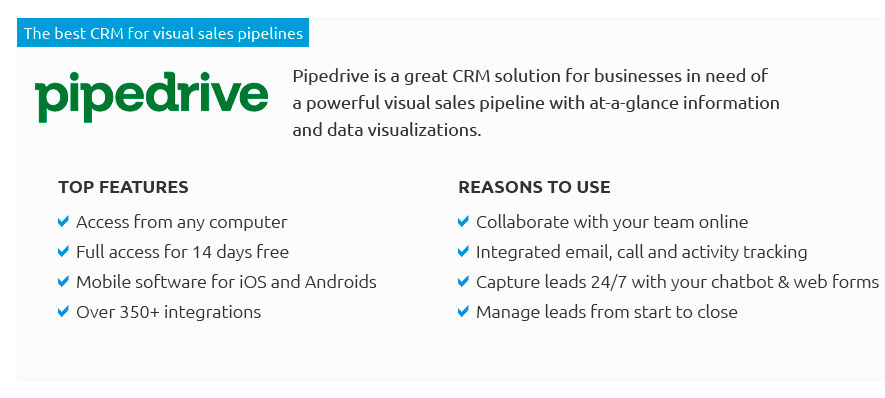 |
|
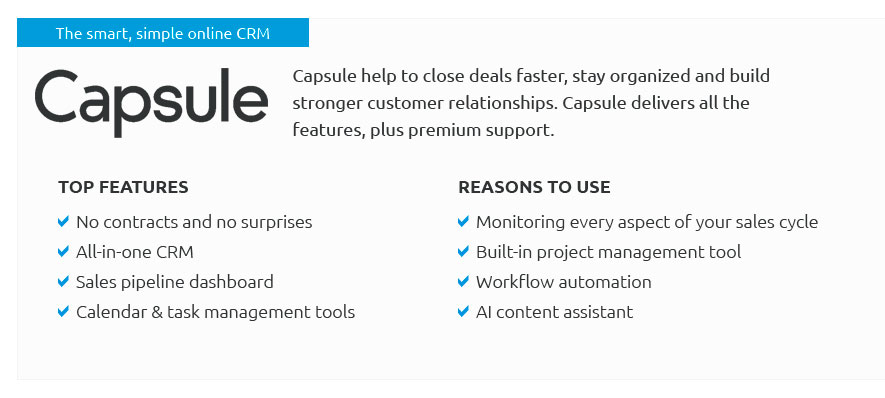 |
|
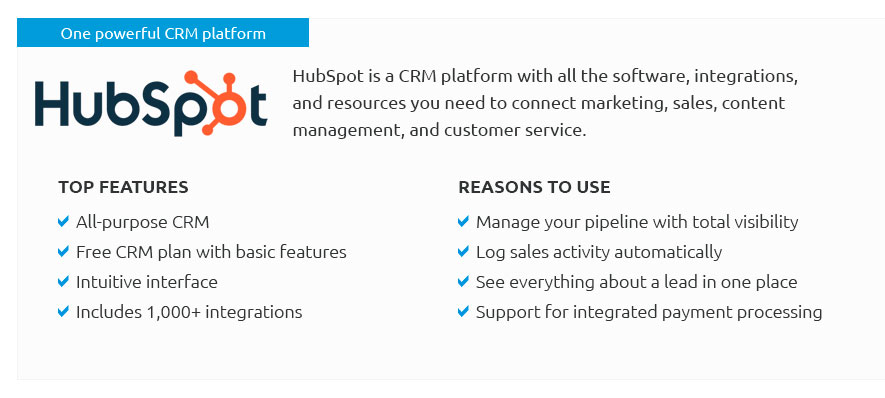 |
|
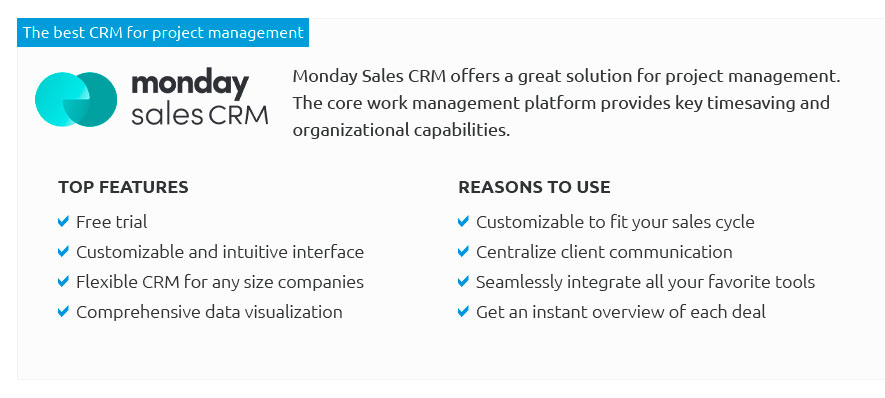 |
|
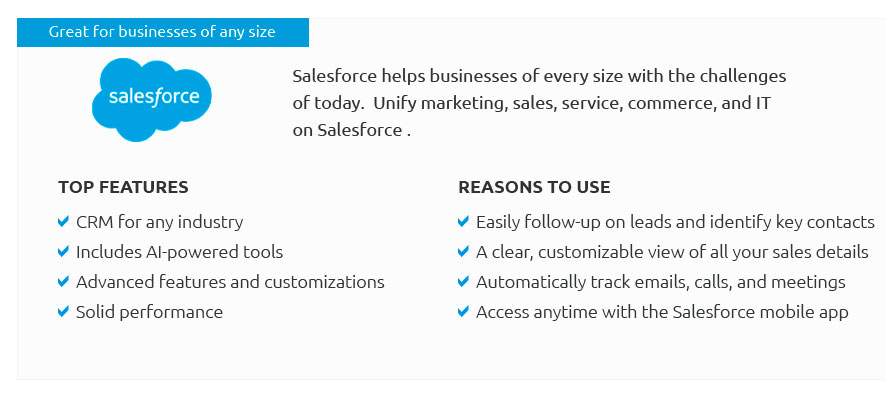 |
|
 |
 |
Understanding CRM Outlook Integration: A Comprehensive GuideIn the dynamic world of modern business, where technology seamlessly intertwines with daily operations, Customer Relationship Management (CRM) systems have emerged as pivotal tools for organizations aiming to enhance their customer interactions and streamline processes. However, for many businesses, especially those heavily reliant on Microsoft Outlook for communication, the notion of CRM Outlook integration becomes a topic of significant importance. This integration isn't merely about syncing two platforms; rather, it's about creating a harmonious digital environment where information flows effortlessly, ultimately contributing to improved productivity and customer satisfaction. At its core, CRM Outlook integration refers to the seamless connection between a CRM system and Microsoft Outlook, allowing for the synchronization of emails, contacts, calendars, and tasks. This integration is crucial for businesses as it eliminates the need for constant switching between applications, thereby saving time and reducing the risk of errors. Imagine the convenience of accessing CRM data directly within your Outlook interface, where you can view customer information, track interactions, and schedule follow-ups without missing a beat. Such an integration is not only practical but also enhances the user experience, making daily tasks feel less fragmented and more coherent. Why is CRM Outlook Integration Essential? The rationale behind this integration is multifaceted. Firstly, it enables sales and support teams to have a 360-degree view of customer interactions, which is invaluable for personalized customer service. With all communication and history accessible in one place, teams can respond to customer inquiries more effectively, tailor their approaches, and anticipate customer needs with greater accuracy. Secondly, it fosters better collaboration within teams. By having a shared, updated view of customer engagements, team members can coordinate more effectively, ensuring that everyone is on the same page regarding customer status and history. Additionally, this integration helps in maintaining data consistency across platforms, which is essential for accurate reporting and analysis.
As businesses consider adopting CRM Outlook integration, several factors should be kept in mind. It's essential to choose a CRM system that aligns well with existing business processes and offers a robust integration capability with Outlook. Furthermore, the transition to an integrated system should be smooth, with adequate training provided to staff to ensure they are comfortable with the new tools and processes. In essence, while the initial setup may require some investment in time and resources, the long-term benefits-ranging from enhanced customer relationships to increased operational efficiency-are well worth the effort. In conclusion, CRM Outlook integration stands as a testament to how technology can simplify complex processes, allowing businesses to focus on what truly matters: building lasting relationships with their customers. It is an indispensable asset for any organization seeking to stay competitive in today's fast-paced digital landscape. As more businesses recognize its potential, this integration will likely become a standard feature in CRM systems, driving innovation and setting new benchmarks in customer relationship management.
https://blog.salesflare.com/best-outlook-crm
An Outlook CRM is a customer relationship management system integrated directly within Microsoft Outlook. It seamlessly connects your emails, calendar events, ... https://capsulecrm.com/integrations/microsoft-365-outlook-crm/
How does Microsoft Dynamics integrate with Outlook for CRM purposes? https://www.youtube.com/watch?v=_tMgpwTAQsA
Connecting your email and CRM application via the Outlook Dynamics 365 Add-in ensures that you keep diligent track of all communication and ...
|